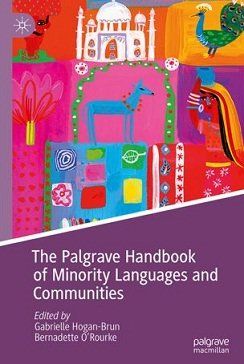Sign Language Communities
Temas
Detalles
The twenty-first century has brought a unique dynamic for Sign Language Communities (SLCs) as they respond to threats and opportunities resulting from changes in both their external and internal environments. This chapter discusses those changes, as well as policy and planning aimed at sign languages, and explains how linguistic rights of deaf signers heavily depend on interpreting services and why this is problematic. The current ideological climate means that linguistic human rights, educational linguistic rights, self-determination, and the right to physical integrity are paramount on SLCs’ agenda. While some aspects that affect SLCs are similar to other linguistic minorities, some are quite different and result from the fact that SLCs are also seen as people with disabilities. Particularly SLCs’ long history of dealing with attempts at medical normalisation and the current genetic discourse (and in some countries also practice) that questions their right to exist raise concerns about their long-term vitality.
En: Hogan-Brun G., O’Rourke B. (eds.), The Palgrave Handbook of Minority Languages and Communities.





